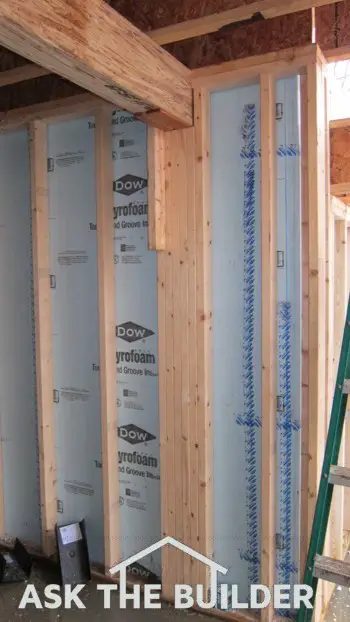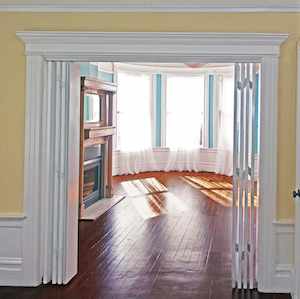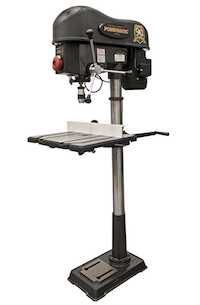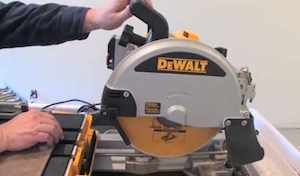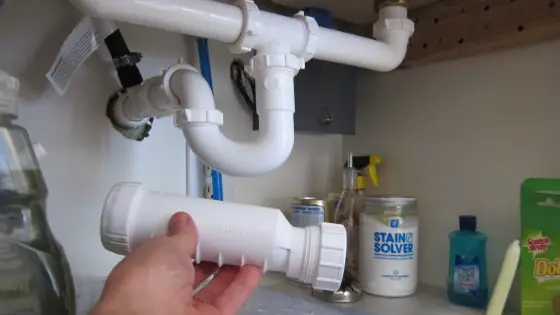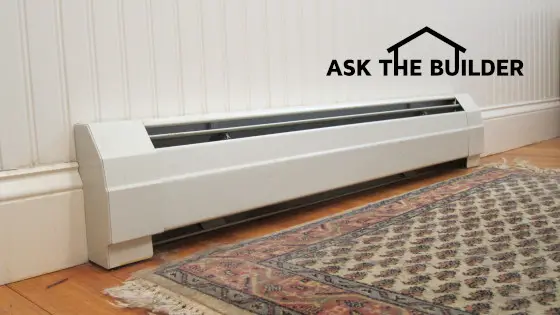
DEAR TIM: I’m going to buy a house and know little about them. The online description of one of the houses says it has radiant heat. What in the world is that? The house I grew up in had hot air that blasted out of ducts. Is radiant heat good? What are the pros and cons of radiant heating? Is it expensive to operate? Would you own a home with radiant heat? Is this a new form of heating that’s not been vetted? Lucy B., Goochville, VA
DEAR LUCY: Radiant heat is by no means new. It’s as old as our solar system. When you go outdoors on a sunny late-winter morning like today and feel the warmth of the sun when it’s invisible infrared rays hit you, that’s the oldest and most basic form of radiant heating. It’s time tested, and in my opinion, the best form of heating you can have.
Radiant heat uses invisible electromagnetic infrared waves to heat you. It doesn’t heat the air like happened in the house you grew up in. The objects that are in the direct pathway of the infrared rays absorb the energy immediately. Once they heat up, they radiate heat to other objects in the room. It’s a fascinating way to transfer heat very efficiently.
Radiant heat sources in a home can take many forms. A simple fire in a fireplace produces radiant heat as does a fireplace insert, a wood stove, portable electric heaters, electric quartz heaters, radiators connected to a central boiler, etc.
My own home has radiant heat and it’s luxurious. The finished basement of my home has radiant tubing that snakes through the concrete slab. The entire basement floor becomes a giant radiant panel that heats everyone and everything in the space. Walking in bare feet or laying on the floor is pure ecstasy. I have baseboard radiators in all the other rooms of the house.
There are many pros and few cons, in my opinion, when it comes to radiant heating. As for the pros, here are a few. It’s nearly silent, it’s clean, it’s comfortable, there are no ducts to clean, it’s efficient and requires minimal maintenance.
A major benefit in my opinion is the ability to zone your house. With a small amount of effort and some additional expense, you can have groups of rooms on their own zone. This allows you to have different zones different temperatures at different times. If you only use a few rooms in your home, you just can heat those rooms in that zone.
The only cons I can think of are it might be a little more expensive to install and some people find the baseboard radiators unsightly.
You don’t have to install wall or baseboard radiators. People choose them as that’s almost always the cheaper alternative. It’s possible to have a radiant heating system totally invisible with all the piping hidden in floors or ceilings.
The cost to operate a radiant heating system that uses a central boiler and one or more recirculating pumps can be minimal. Even with this in mind it’s a very hard question to answer because there are many types of radiant heating systems and each one might have a different fuel source.
One type of fuel may cost much more per BTU of heat produced than another. For example, you may live in an area where electricity is insanely cheap and the cost of propane is outrageous. But I may live in an area where fuel oil is the best buy per BTU. Always compare fuel prices based on BTU of heat output. This means calculate the dollar amount per fuel type per number of BTU's. For example, determine for each fuel type available to you what it costs for 10,000 BTU's of each type.
Keep in mind that your house may be much different than other houses in your neighborhood. The BTU heat loss of your house is a function of its size, insulation, window and door openings, compass direction it faces, etc. Each house has a distinct BTU heat loss per hour. To keep a house comfortable, you must replace the lost BTU's with new ones each hour.
If you want low heating costs, you need to make sure your BTU heat loss is low and the efficiency of the heating device is very high. High efficiency means that almost all of the heat produced when burning the fuel remains in your home instead of going up a chimney. Modern boilers are in the 90+ percent efficiency range.
Radiant heat can be installed in an existing home, but it can be very expensive. It’s probably best to use wall radiators that deliver exceptional results.
In new construction, a heating contractor can install the plastic piping that delivers hot water to each of the rooms in little time. The wise homeowner plans ahead so that the rooms that are not used that often are put on the same zone. Rooms that are frequently used at the same time are put on just one zone so that fuel usage is minimal.
You can watch a very fascinating radiant heat video that shows new radiant heat transfer plates. Just follow this link radiant heat transfer plate video.
Column 926

